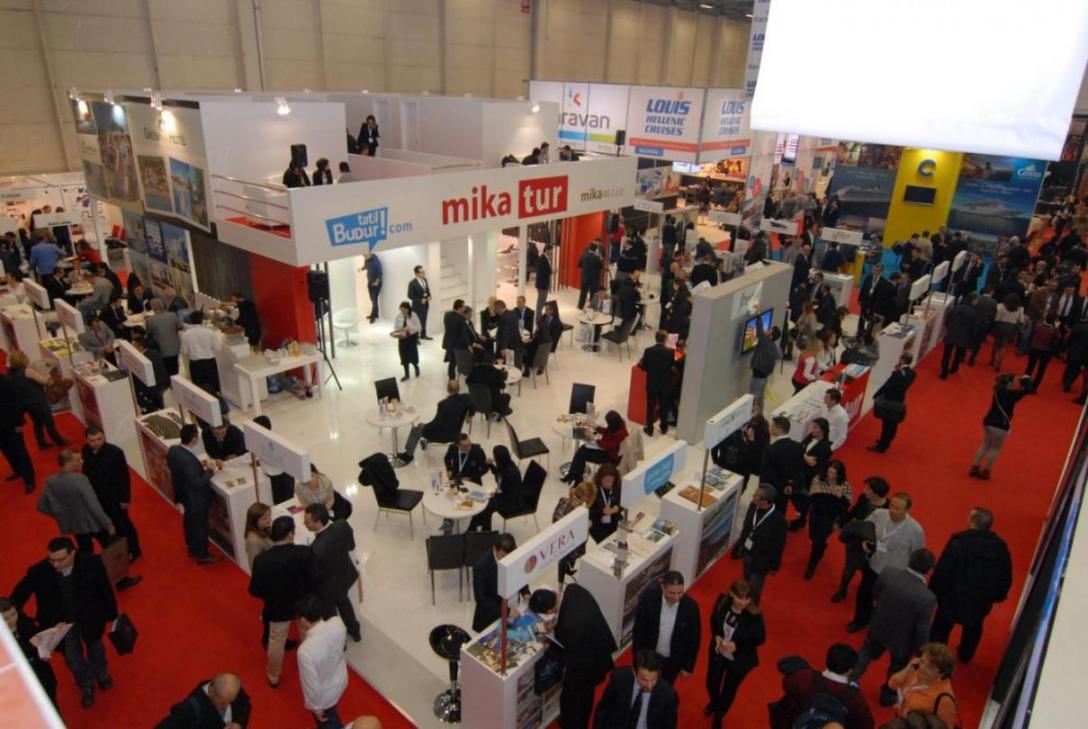Tourism is known as an advanced industry around the world, contributing to economies, being the only avenue for social and economic development in some countries.
As tourism professionals realize the importance of studying the phenomenon as an academic discipline, the theoretical knowledge of tourism expands. According to 2020 forecasts, the tourism model of the future is estimated to become more scattered, as opposed to traveling in big groups, tourists will travel solo, mostly for business and academic purposes rather than for sightseeing per se.
In today’s changing environment, where businesspeople, researchers, and university lecturers often travel for participating in international conferences and exhibitions, a way to contribute to tourism industry is to hold tourism and hospitality exhibitions.
Rahim Yaghoubzadeh, tourism researcher and university lecturer, investigates in an article published in the Persian daily Forsat Emrooz how tourism exhibitions help develop tourism.
“During their trips, business and academic travelers often visit the tourism attractions of the host country with their families, friends, and colleagues” stressed Yaghoubzadeh, adding that exhibitions, which coincide with other tourism activities, can contribute positively to the tourism industry.
Many forward thinking countries in the field of tourism plan periodic and seasonal congresses, seminars, art festivals, and tourism exhibitions, he noted.
Experience shows that holding such exhibitions, in addition to introduction of tourism capacities, also stimulate travel to those countries again in the future.
By displaying the achievements of countries to enthusiasts and visitors of different countries, tourism expos help enhance the visitors understanding of the developments in a country.
Nations now realize that holding tourism exhibitions can be used as a tool to enhance foreign visitors.
Iranian Event
Introduction of Iranian tourism and hospitality and a better understanding of tourists’ demands plays a significant role in successful tourism planning and management. Without a good understanding of the market, such plans will fail to deliver.
Noting that Iran enjoys good natural and climatic diversity, Yaghoubzadeh said Iran is among the top ten tourism destinations.
Holding a series of international exhibitions on ‘meetings, incentives, conferences, and exhibitions (MICE)’ provides all the organizations, guilds, associations, firms, and individuals related to the industry with the opportunity to introduce their capabilities to the public and related agencies, he said. MICE is an acronym for type of tourism in which large groups, usually planned well in advance, are brought together for a particular purpose.
MICE tourism usually includes a well-planned agenda centered on a theme or topic, such as profession trade organization, a special interest group or an education topic. MICE is the sole event of its kind in Iran, which is registered in the World Trade Organization (WTO) calendar and is approved by the organization. In addition, it is the only exhibition of its kind that is licensed by the Trade Development Organization (TPO), according to Yaghoubzadeh.
Aimed at introducing the tourism services and capacities of the country, MICE aims to identify the problems, barriers, and weaknesses in them, as well as encouraging individuals, companies and government agencies to help the industry.
“Unfortunately, we are still far from holding adequate tourism exhibitions in Iran,” noted Yaghoubzadeh, adding that a concerted effort needs to be made in this direction.
He went on to quote Masoud Soltanifar, chairman of Iran’s Cultural Heritage, Handicrafts and Tourism Organization (ICHHTO) as hoping that via such exhibitions, more foreign investment can be absorbed in this growing industry.


